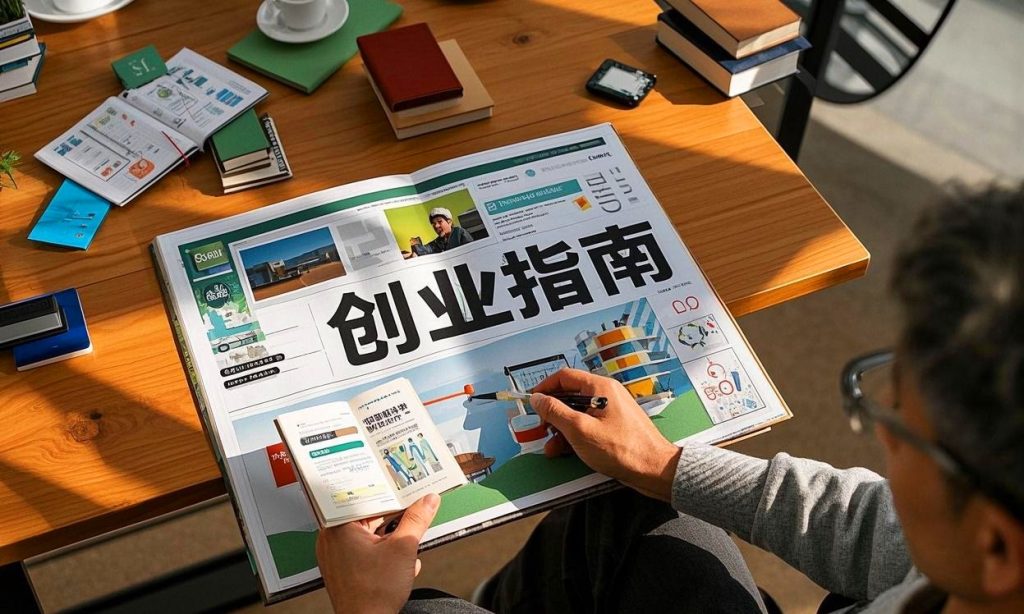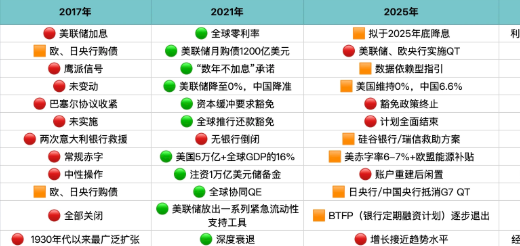
Why Are Young People Still Striving Hard Despite the Tough Economic Climate?
Problem Analysis: Why Do Young People Choose to Struggle in Adverse Conditions?
In recent years, the global economic situation has been complex and volatile. The domestic economic growth has slowed down, the job market has become highly competitive, and the entrepreneurial environment has faced numerous challenges. However, we can see that more and more young people are choosing to strive in the face of adversity and even embark on entrepreneurial ventures. This phenomenon may seem paradoxical, but it actually has profound underlying reasons.
1. The “Tough” Economic Climate Is Relative
Although the overall economic growth has slowed down, certain emerging industries (such as technology, the Internet, and new energy) are still growing at a high speed. Young people have keenly captured these opportunities and are willing to find breakthroughs in the seemingly “tough” economic climate.
2. Changes in Young People’s Values
Unlike the previous generation, which pursued stability, contemporary young people attach more importance to self – actualization and the meaning of life. They are willing to take risks for their dreams and regard failure as part of their growth.
3. Technological Empowerment Has Lowered the Threshold for Entrepreneurship
The popularization of the Internet and digital tools has enabled young people to launch projects at a lower cost. In fact, one person can now complete tasks that used to require a whole team.
4. Society Has Become More Tolerant of Failure
Entrepreneurial failure is no longer regarded as a “stain” but may instead be seen as valuable experience. This change in perception has made young people more daring to take risks.
Solutions: The Motivation and Strategies for Young People’s Struggles
1. Sources of Motivation
(1) Pursuit of Self – Actualization
Young people hope to prove their worth and achieve their personal ideals through entrepreneurship or hard work. This internal driving force is often more long – lasting than external incentives.
(2) Coexistence of Economic Pressure and Opportunities
Although the economic environment is not favorable, young people also see the possibility of changing their fates through hard work. They are willing to make short – term efforts in exchange for long – term rewards.
(3) Social Recognition
In the era of social media, the success stories of young people are more likely to be spread and magnified. This social recognition has also become one of the driving forces for their struggles.
2. Coping Strategies
(1) Focus on Niche Markets
In a tough economic climate, young people are more inclined to choose small and niche markets to avoid direct competition with large enterprises.
(2) Asset – Light Operation
Through the Internet and the sharing economy model, young people can launch projects with light assets, thus reducing the risks of entrepreneurship.
(3) Rapid Iteration and Trial – and – Error
Young people are better at quickly making trial – and – error attempts and adjusting their directions. This flexibility is particularly important in an uncertain environment.
(4) Utilize Policy Dividends
The government has provided many supportive policies to encourage entrepreneurship (such as tax exemptions and entrepreneurial subsidies). Young people can make full use of these resources.
Case Study: The Rise of Pinduoduo
Background
In 2015, the Chinese e – commerce market was monopolized by two giants, Alibaba and JD.com, and the competition was extremely fierce. Many people believed that the e – commerce industry was saturated and there was little chance for new entrants. However, Pinduoduo was founded that year and rapidly rose to become a giant with a market value of tens of billions of dollars in just a few years.
Reasons for Success
- Targeting the Underserved Market: Pinduoduo discovered the underserved market in lower – tier cities (cities at the third and fourth levels and rural areas) that was overlooked by the giants. It quickly opened up the market through low – price and social fission models.
- Asset – Light Model: Pinduoduo does not directly participate in logistics and warehousing but focuses on platform operation, thus reducing the initial investment.
- Rapid Iteration: Pinduoduo has been constantly optimizing its products and marketing strategies to quickly adapt to market demands.
Insights
Pinduoduo’s success proves that even in a seemingly tough economic climate, young people can still find opportunities through innovation and differentiated strategies. The key lies in the ability to identify unmet needs and respond quickly in a flexible manner.
Conclusion
Despite the tough economic climate, young people still choose to strive hard because they see opportunities, believe in their own potential, and are willing to work hard for their dreams. This spirit of struggle is not only the driving force for personal growth but also an important impetus for social progress. For entrepreneurs, the key is to find a suitable path for themselves in the face of adversity and keep moving forward in the right way.
As the story of Pinduoduo shows, opportunities are always reserved for those who dare to try and are good at innovation. Young people strive hard because they believe that the greatest opportunities are often hidden in adversity.
- Startup Commentary”Building LLMs: The Knowledge Graph Foundation Every AI Project Needs”
- Startup Commentary”The 17th Year of Tmall Double 11 and the New Map Rewritten by AI”
- Startup Commentary”How to Prepare Your Data for Artificial Intelligence”
- Startup Commentary”Small and Medium-sized Banks: “Cutting the Tail” in Loan Assistance”
- Startup Commentary”The Six AI Giants on Stage: AGI Is No Longer a “Future” Thing”




